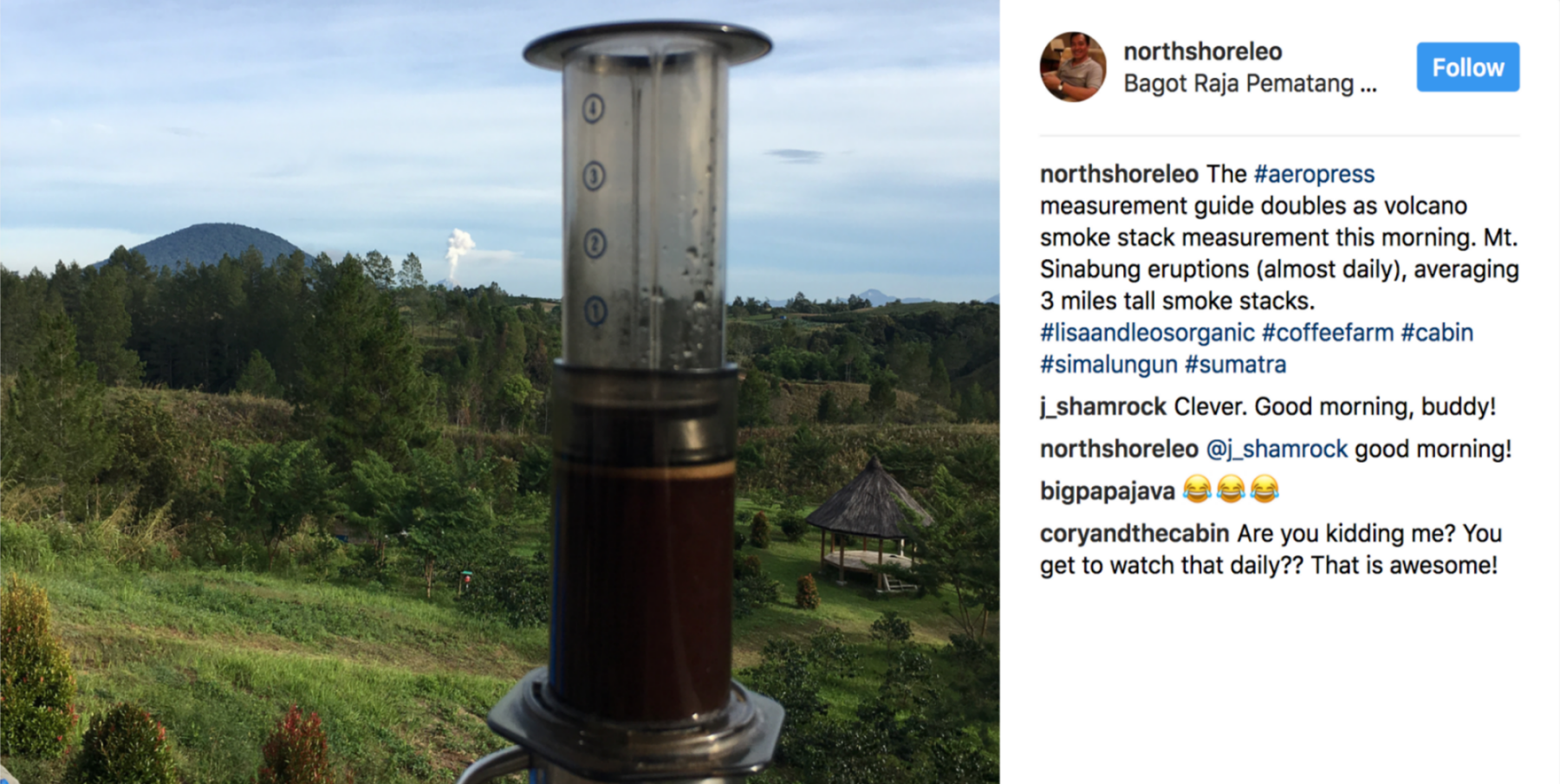Social media has found itself a heavyweight role in geology. By scraping Twitter and mining text data in Tweets, scientists at the Nanyang Technological University can now track where volcanic ash has fallen. This breakthrough won Assistant Professor Benoit Taisne and Professor Gao Cong the Accelerating Creativity and Excellence (ACE) Award for their research project titled “Detecting and Tracking Volcanic Ash Using Social Media Data”.

Asst. Prof Taisne, a principal investigator at the Earth Observatory of Singapore (EOS), worked closely with Prof Cong from NTU’s School of Computer Science and Engineering to combine machine learning with data mining to specifically track Tweets related to volcanoes in real time. And by doing so, Twitter is effectively used to track the dispersal of volcanic ash particles.

“Social media is usually the first source of information for volcano eruptions, especially when it has to do with higher-profile volcanoes,” said Asst. Prof Taisne. “It really was an amazing moment when we discovered that the first thing people do during a volcanic event is to share it on social media. So there’s really a lot of information out there for us.
But how is social media better than satellites and ground instruments as a data collection tool? “If there is cloud cover, satellites might not ‘see’ an event. Monitoring instruments on the ground may not be functioning as well, perhaps, as a result of damage. Social media bypasses these challenges,” explained Asst. Prof Taisne.
“In some cases, people who are far away from an erupting volcano may not even be aware that it is erupting. But they could report on social media the fact that they are experiencing ash falling on the ground. That is what we want to track – the spatial temporal evolution of people Tweeting about volcanic ash on the ground. Doing so would contribute significantly to our understanding of where ash is dispersed in real time.”

According to Prof Cong, “The application of social media in the tracking of volcanic ash is very new in both the fields of geology and computer science. The scientific community has not seen anything like this yet.” Although exciting, this means that there are several issues that need to be tackled as the research project progresses.

“Social media is ubiquitous, and everyone is ready to share their experiences. The challenge here lies in the rush of things. A wrong terminology might be used. Typos here and there. Incorrect hashtags too,” said Asst. Prof Taisne. “For example, '#AshWednesday' might be used in the post. 'Ash' would be a keyword for us in our search and mining, but 'Ash Wednesday' has literally nothing to do with volcanic eruptions.”